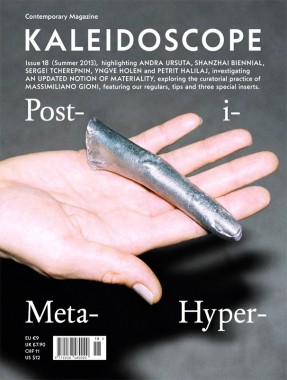
KALEIDOSCOPE Magazine 18 — Summer 2013
Softcover, 228 pp. + three special inserts, offset 4/4, 220 x 287 mm
English edition
ISSN 2038-4807
Published by KALEIDOSCOPE Press
$12.00 ·
KALEIDOSCOPE Issue 18 (summer 2013), highlighting Andra Ursuta, Shanzhai Biennial, Sergei Tcherepnin, Yngve Holen and Petrit Halilaj; investigating an updated notion of materiality; exploring the curatorial practice of Massimiliano Gioni; featuring our regulars, tips, and three special inserts.
HIGHLIGHTS
The issue’s opening section of HIGHLIGHTS features Andra Ursuta, whose practice is understood by Joanna Fiduccia as committed to annihilating sculpture’s distance from our world; the fashion-label-cum-art-project Shanzhai Biennial, whose tangible products, explains Kevin McGarry, are eclipsed by their collateral evidence; Sergei Tcherepnin, described by Lawrence Kumpf as creating a complex system of bodily configurations and social situations; Yngve Holen, whose works are read by Pablo Larios as sentient beings concerned with frustrated circulation, technological growth and associative networking; and Petrit Halilaj whose practice is framed by Elena Filipovic as rejecting pathos in favor of an intimate and critical inflection of the political.
MAIN THEME
This section, titled Post-i-Meta-Hyper-Materiality, brings together a substantial group of artists who introduce the concept of emotional and bodily alienation within the discourse dominated by the readymade, corporate art pursued by many of their digital-native peers. The elusive sculptural works of Nicholas Deshayes, Steve Bishop, Marlie Mul, Magali Reus, Ben Schumacher and Alice Channer are framed by Karen Archey as deeply engaged with materiality and production processes and imbued with bodily allusions, while also commenting on issues of abstraction, dispersion, consumption and technology. A visual essay curated by fashion futurologist Veronica So reveals how, from sculptures designed by digital simulations to edible candies formed by human body scans, the appearance of 3D printing kicks off a range of playful experiments with technology and originality. Also in this section, Alice Channer talks to Rebecca Geldard about the starting point of each work, which she describes as “a moment of material seduction”; and artists Pamela Rosenkratz and Alisa Baremboym discuss physicality versus technology and the shifting boundaries between our bodies and the external world in a cross-interview by Ruba Katrib.
MONO
Comprising an essay by Jonathan Griffin, an interview by Francesco Manacorda and a photographic portrait by Ari Marcopoulos, this issue’s MONO is devoted to the Director of the International Art Exhibition at this year’s Venice Biennale, Massimiliano Gioni. Pragmatic bordering on opportunistic throughout his adventurous career, and yet described as “a hopeless romantic” by one of his most affectionate colleagues, Gioni states that his own failure to understand is what fuels his interest in art. Generally averse to chronological or historically comprehensive presentations and departing from the tautology of the masterpiece, he is instead a proponent of Outsider and self-taught art. His exhibitions, which he defines as products of a collective intelligence, are often concerned with the position of art within our image-based society, as well as the sites of an exploration of interior worlds, dream states and psychological visions.
REGULARS
Finally, it this issue’s REGULARS, Hans Ulrich Obrist and Simon Castets interview emerging artist Amalia Ulman; Gary Carrion-Murayari stages a three-way interview with Valentin Carron and Isabelle Cornaro; Felix Burrichter meets design critic Alice Rawsthorn; Leung Chi Wo, David Clarke and Lam Tung-pang engage in a round table about the art scene in Hong Kong then and now; finally, Laura McLean-Ferristraces the legacy of folk in British contemporary art from the exhibition Black Eyes and Lemonade to the practice of Jeremy Deller.
SPECIAL INSERTS
The edition is enriched by our seasonal TIPS on following, reading, listening, stopping by, meeting and visiting; as well as by three SPECIAL INSERTS, including a selection of paintings by Benjamin Senior, photographs by Jochen Lempert and collages by Sterling Ruby.
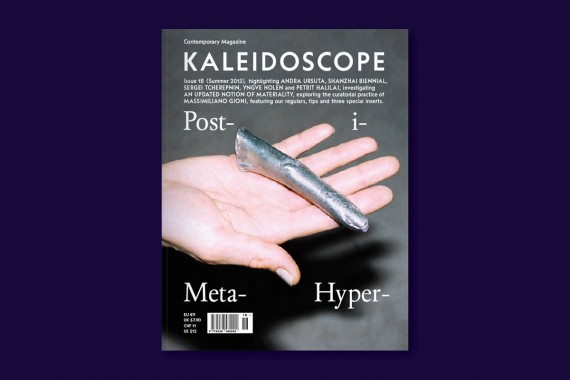
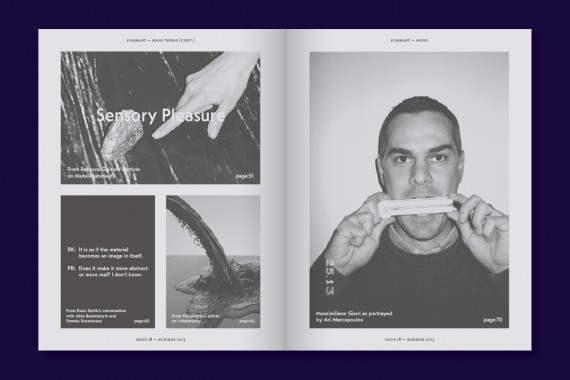
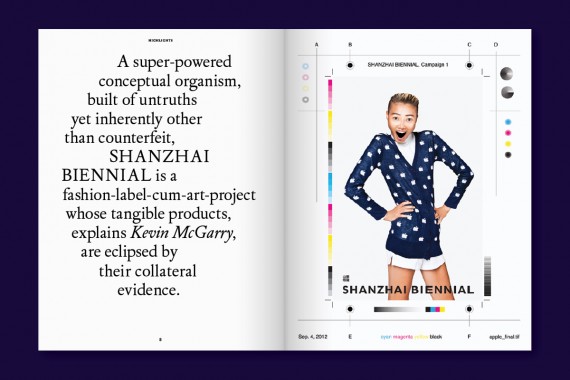
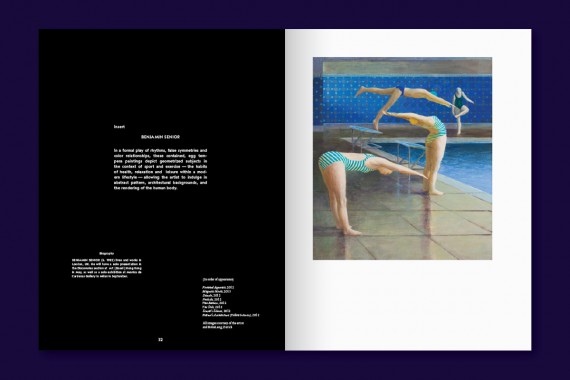
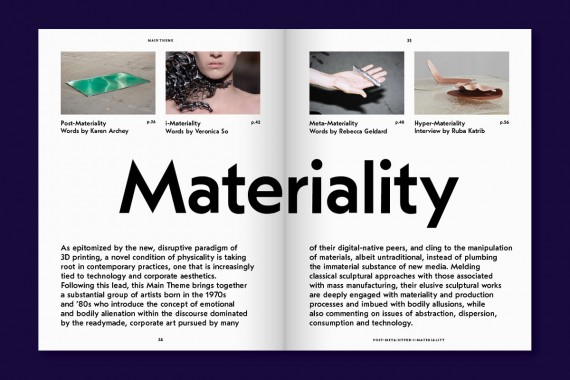
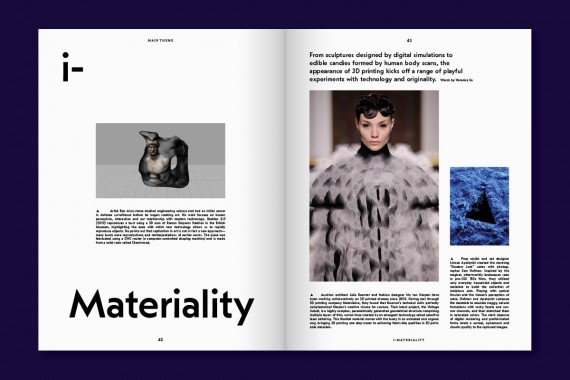
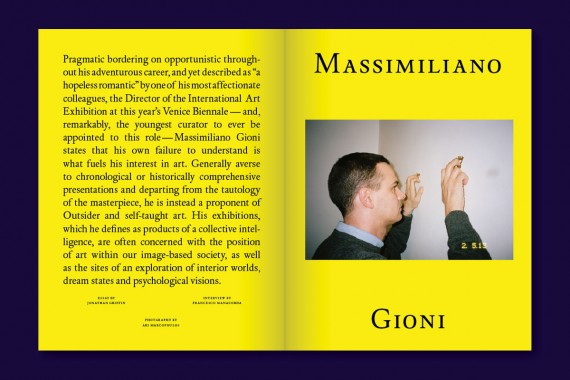
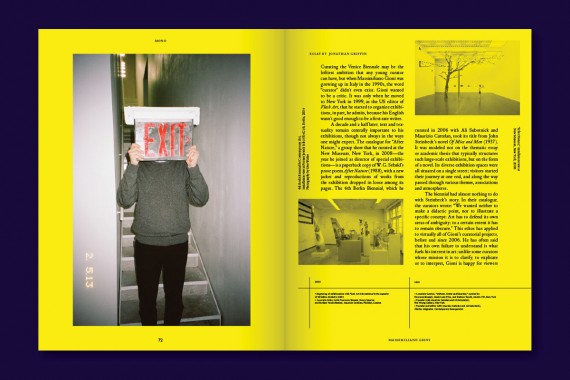
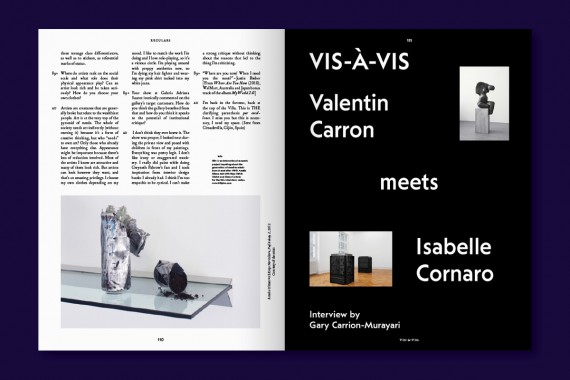
Alice Channer, Alice Rawsthorn, Alisa Baremboym, Amalia Ulman, amela Rosenkratz, Andra Ursuta, Ari Marcopoulos, Art, Ben Schumacher, Benjamin Senior, Culture, David Clarke, Distribution, Elena Filipovic, Felix Burrichter, Francesco Manacorda, Gary Carrion-Murayari, Hans Ulrich Obrist, Isabelle Cornaro, Jeremy Deller, Joanna Fiduccia, Jochen Lempert, Jonathan Griffin, KALEIDOSCOPE Press, Karen Archey, Kevin McGarry, Lam Tung-pang, Laura McLean-Ferristraces, Lawrence Kumpf, Leung Chi Wo, Magali Reus, Marlie Mul, Massimiliano Gioni, Nicholas Deshayes, Pablo Larios, Petrit Halilaj, Rebecca Geldard, Ruba Katrib, Sergei Tcherepnin, Shanzhai Biennial, Simon Castets, Sterling Ruby, Steve Bishop, Valentin Carron, Veronica So, Yngve Holen
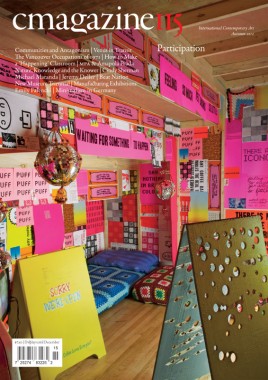
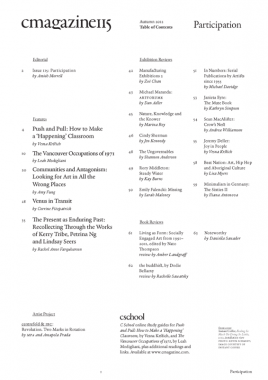
C Magazine 115, Participation
Softcover, 64 pp., offset 4/1, 210 x 295 mm
Edition of 2200
ISSN 1480-5472
Published by C Magazine
$7.50 ·
Issue 115, Participation, features essays by Vesna Krstich on how to make a ‘Happening’ classroom, Leah Modigliani on the Vancouver Occupations of 1971, Amy Fung on communities and antagonism, Rachel Anne Farquharson on recollecting through the works of Kerry Tribe, Petrina Ng and Lindsay Seers, as well as Corrine Fitzpatrick in response to our recent “Men” issue. C Magazine 115 also includes an artist project by MPA and Amapola Prada, book reviews and reviews of exhibitions by Jeremy Deller, Janieta Eyre, Emily Falencki, Sean MacAlister, Michael Maranda, Rory Middleton and Cindy Sherman, among others.
Amapola Prada, Amy Fung, Art, C Magazine, Cindy Sherman, Corrine Fitzpatrick, Culture, Distribution, Emily Falencki, Janieta Eyre, Jeremy Deller, Kerry Tribe, Leah Modigliani, Lindsay Seers, Michael Maranda, MPA, Petrina Ng, Rachel Anne Farquharson, Rory Middleton, Sean MacAlister, Vesna Krstich
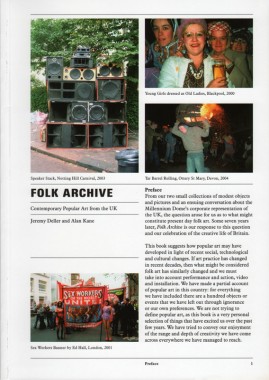
Jeremy Deller and Alan Kane, Folk Archive
Softcover, 158 pp., offset 4/4, 170 x 240 mm
Edition of 2000
ISBN 978-1-870699-81-5
Published by Book Works
$35.00 ·
“If Pop Art is about liking things, as Andy Warhol said, then folk art is about loving things,” Jeremy Deller. This is a book about the creative life of Britain and the first attempt since the Festival of Britain to document the popular and folk art of the present day. Organized by Jeremy Deller and Alan Kane, Folk Archive: Contemporary Popular Art from the UK, presents a personal selection of objects and actions, containing elements of ambition, humour, pathos and resistance, which present us with invaluable evidence of life in Britain today.
Alan Kane, Art, Book Works, Jeremy Deller, RAM












